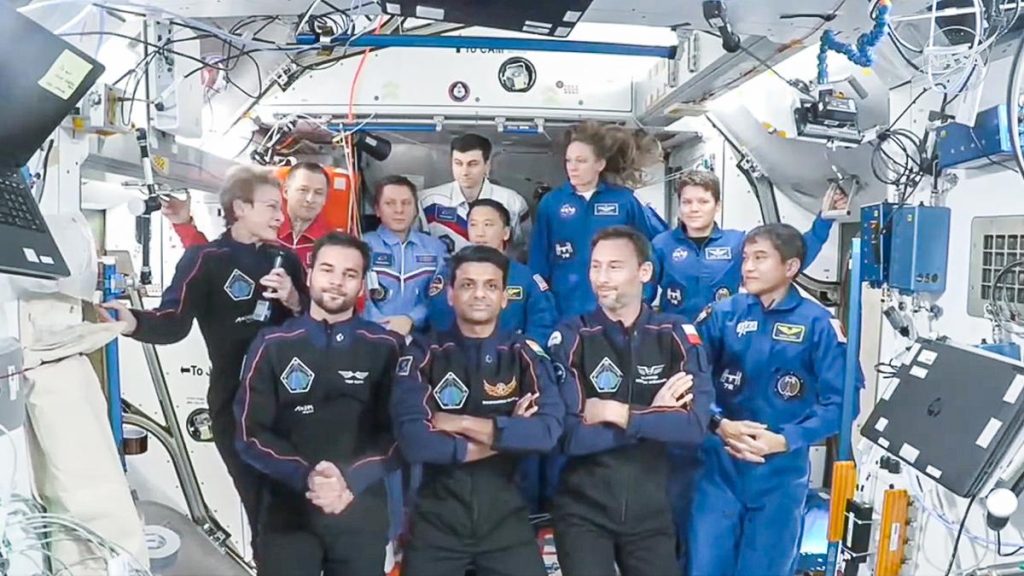Now Reading: IAF Agniveer Vayu 2025 Recruitment Begins: Eligibility, Application Steps Inside
-
01
IAF Agniveer Vayu 2025 Recruitment Begins: Eligibility, Application Steps Inside
IAF Agniveer Vayu 2025 Recruitment Begins: Eligibility, Application Steps Inside

Rapid Summary
- Recruitment Details: Indian Air Force (IAF) has begun the registration process for Agniveer Vayu Intake 02/2026 under the Agnipath scheme. Applications are open from July 11 to July 31, 2025.
- Eligibility Criteria:
– Age Limit: Candidates must be between 17.5 and 21 years old, born between July 2, 2005, and January 3, 2009.
– Education:
– Science Stream: Minimum of a pass in Class XII with Physics, Mathematics, and English (50% overall and in English).
– Non-Science Stream: Class XII in any subject or a vocational course (50% aggregate marks and English).
– alternative qualifications include engineering diplomas or vocational courses meeting specified marks criteria.- Physical Standards:
– Minimum height of at least 152.5 cm.- Weight and chest measurements must align with Air Force standards; eyesight norms apply.
- Selection Process: Includes an online test followed by physical fitness tests and a medical exam.
- Application Procedure:
visit agnipathvayu.cdac.in, register using email ID/mobile number, complete the form with required documents (photo/signature/thumb impression/academic certificates), pay ₹550 + GST fee online, submit the application.
Direct link to apply: Click here.
!Indian Air Force Recruitment image
Indian Opinion Analysis
The launch of Agniveer Vayu Intake under the Agnipath scheme marks another pivotal step in modernizing recruitment processes within India’s defence forces while opening accessible opportunities for youth. This initiative aligns closely with India’s broader goals of engaging young talent in national service by offering structured short-term stints that may lead to permanent roles based on merit.
The outlined eligibility criteria ensure transparency but also seem aimed at drawing candidates from diverse educational backgrounds-this could widen participation while strengthening skill-based evaluation frameworks integral to defense readiness. However,given it’s four-year service term under the scheme’s current structure-followed by limited absorption into regular posts-the program’s longer-term career impact on selected personnel remains notable but inherently competitive.
As india focuses increasingly on enhancing security capabilities amid regional tensions (e.g.,air force modernization goals),merit-driven intake like this ensures streamlined operations-ready personnel without diluting rigorous performance benchmarks central especially when long-haul beyond voluntary turnover-system-rate-worthy area relevancy outweigh more strategic reform pathways those equity norms pursuing retention sanity amidst optics clashing

























